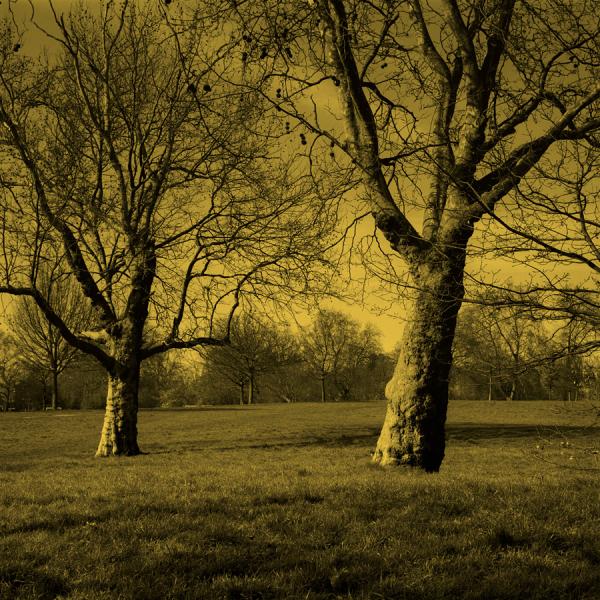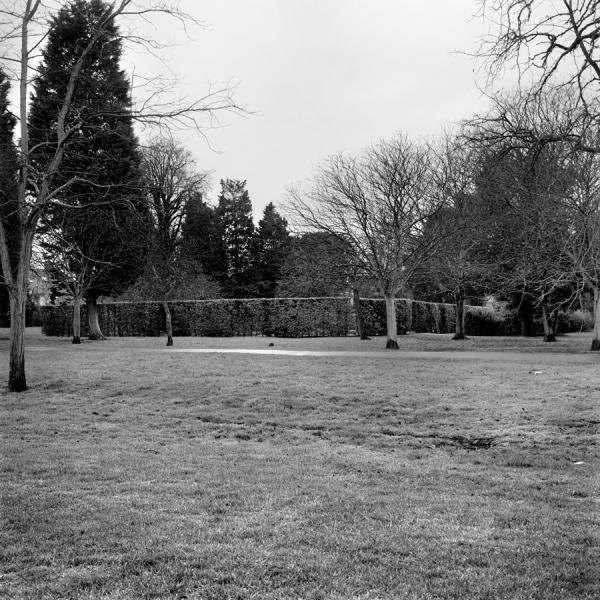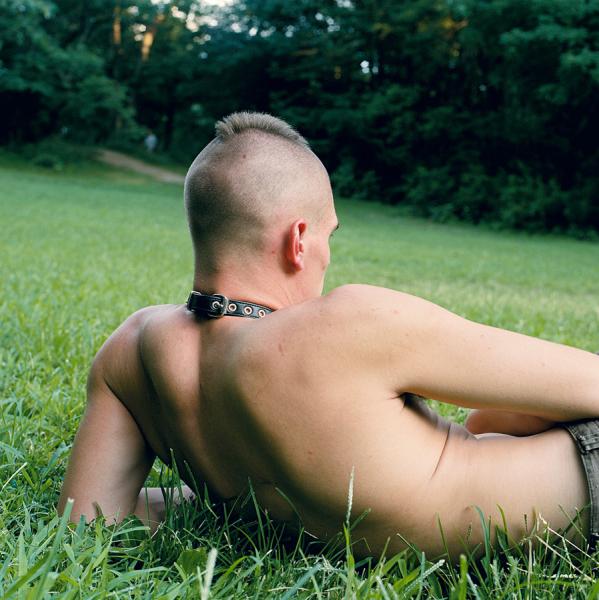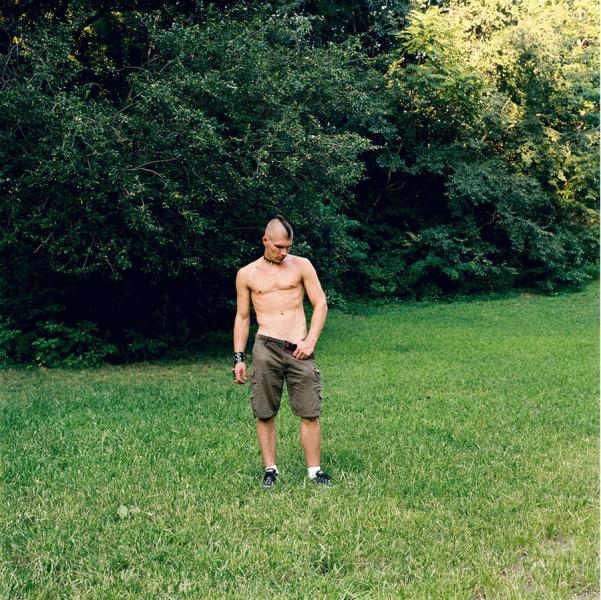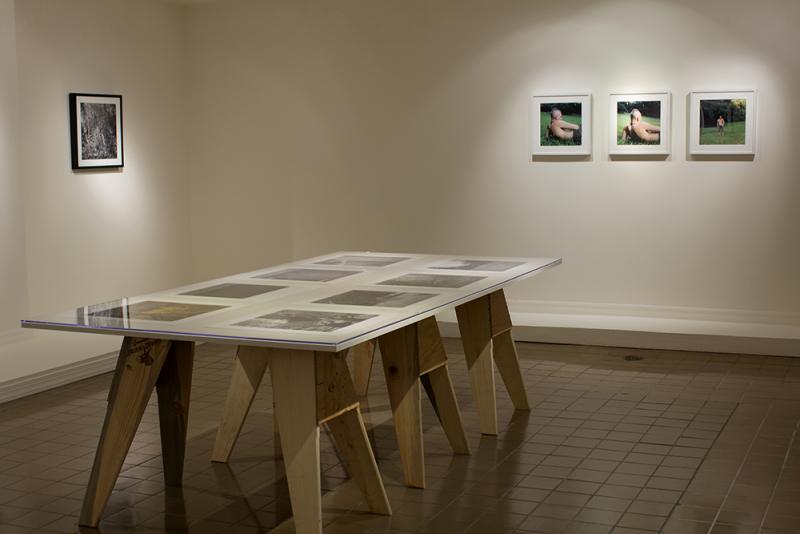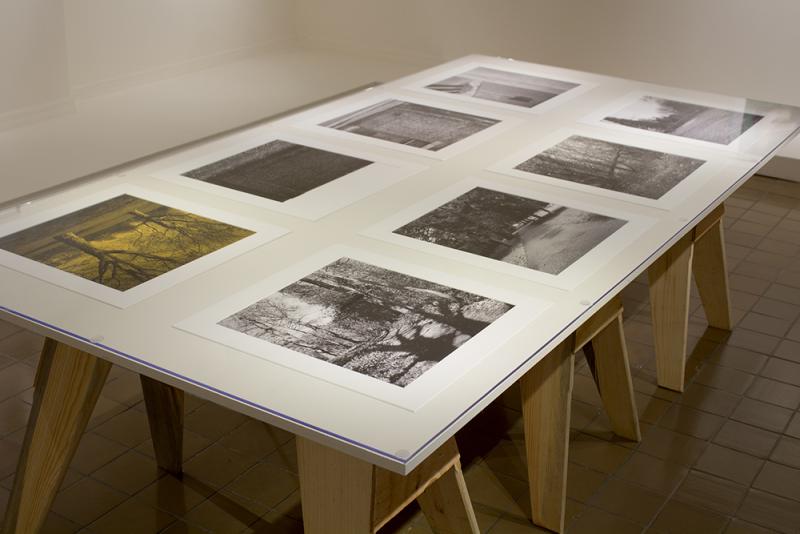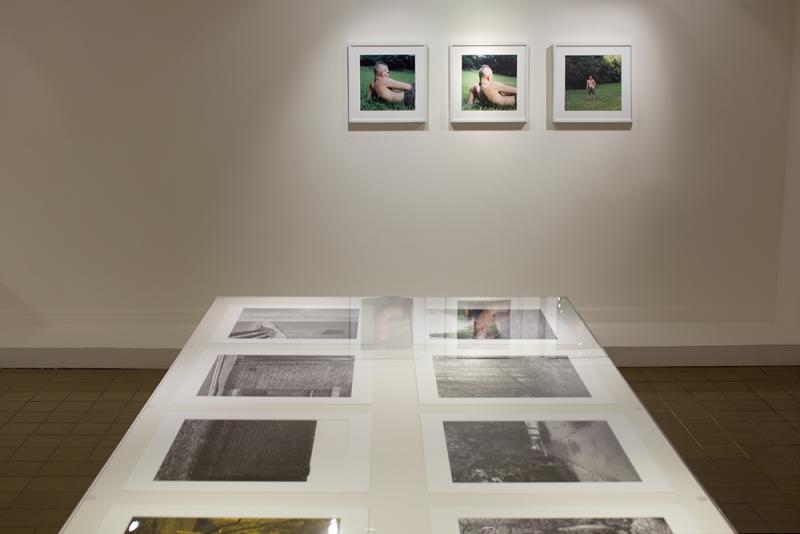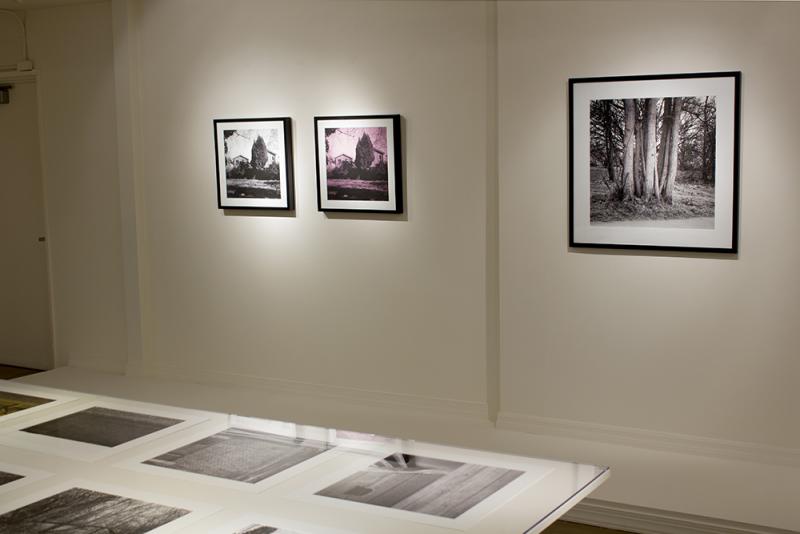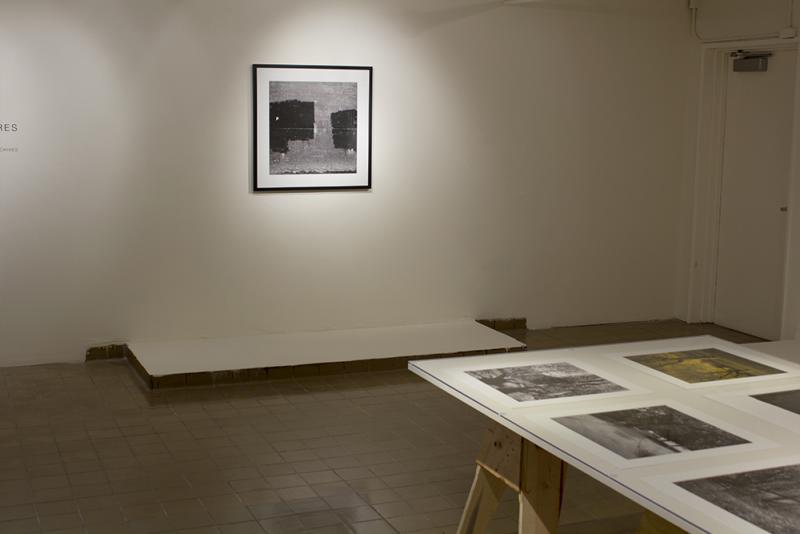
Artist Curated Projects (ACP) at ONE Archives
Opening reception: Saturday, October 26, 2013, 5-8pm
Find location, hours, and parking information for ONE Archives here.
ONE National Gay & Lesbian Archives in collaboration with Artist Curated Projects (ACP) presents Caroline May: The Killing Pictures and Other Works, the first solo exhibition of British/Greek artist Caroline May in the United States. The exhibition includes a selection of photographs from two series: “The Killing Pictures” (2011) document the locations of homophobic murders that occurred in public parks across London over the past decade; and “The Ramble, Central Park” (2006) assert public queer sexuality while investigating notions of performed identities and constructed masculinities. Paired together, the two bodies of work address public spaces, especially parks, as sites of queer social activity, trauma, and collective memory.
With access to records from the London Metropolitan Police, May photographed the sites of homophobic murders within the city over the last ten years. Shot in black and white and devoid of any index of the horrific events that occurred at the site, “The Killing Pictures” question the conventions of documentary photography and cast a shadow on the way images are used in the media to cultivate specific assumptions about the past and the present. These images are neither forensic, nor do they memorialize the victim by any conventional means: the works do not identify any name or date related to the attack, only the specific location of the event. By adding color filters during the process of developing these pictures, May imbues the otherwise banal images with heightened tension. “The Killing Pictures” were first exhibited at the Freud Museum in London in 2011.
Like “The Killing Pictures,” May’s earlier series “The Ramble, Central Park” (2006) looks to registers of sexuality and identity within public spaces, here through the flaunting of male sexual agency in a part of New York’s Central Park notorious for cruising. An attempt to reclaim parts of a privileged heteronormative public sphere, these photographs can be understood as both flirtatious and confrontational. The series is also one of many bodies of work by May focusing on men, mainly hustlers, in which the artist directs her (female) gaze onto the subject’s re-enactment of masculine stereotypes in public.
